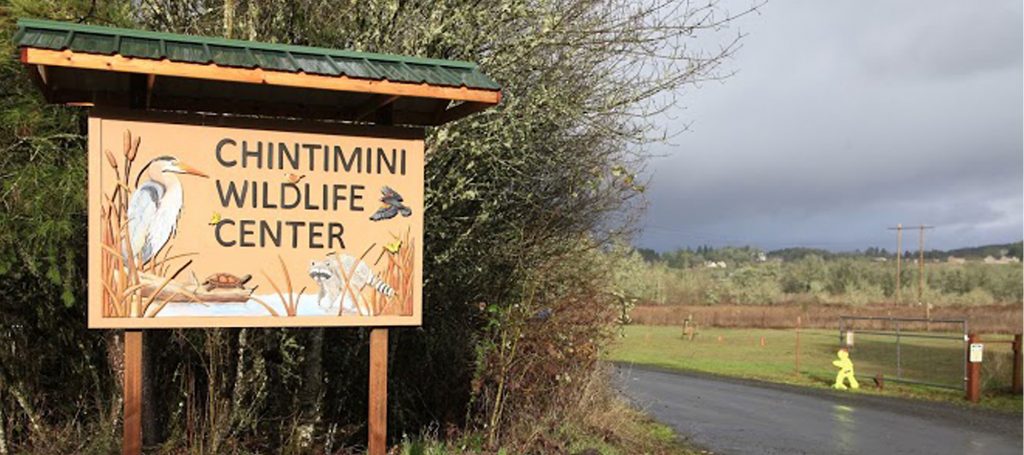We at The Independence Hotel were lucky enough to have a chat with Erika Seirup at Chintimini Wildlife Center. After all, we don’t think there’s a better time than now to take pause and consider the role of human behavior on the natural world, both for the good and the bad (because yes, there’s good too if we make conversation a priority!). Erika has always loved wildlife and is drawn specifically to human-animal relationships. In 2015, at the age of 31, she began searching for volunteer work and came across Chintimini Wildlife Center. She knew immediately that this was an extraordinary organization, and a natural fit for her, as her ever-evolving position was a cohesion of wildlife and human activity with lots of room for creativity. Get to know more about Erika and Chinitminti Wildlife Center below!
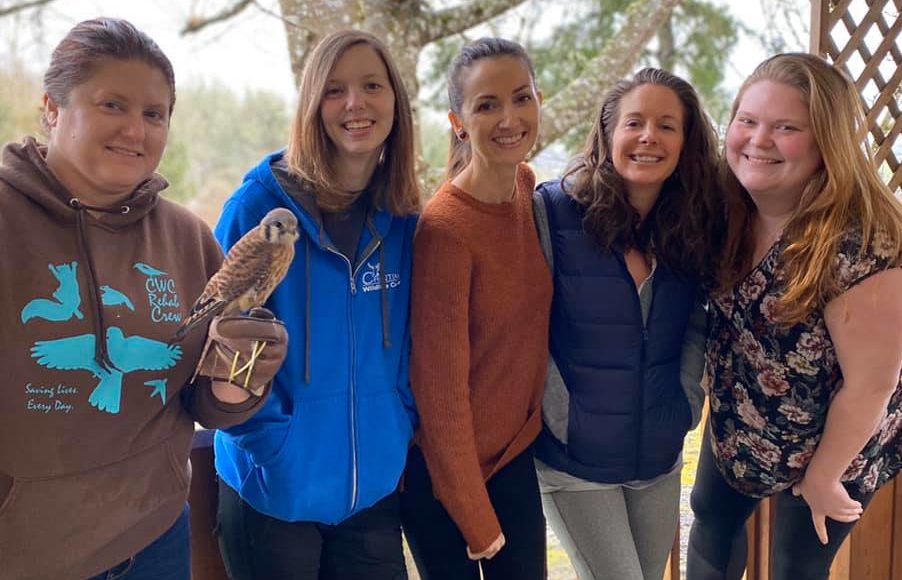
A few of the staff members of Chintimini’s female-led wildlife rehabilitation, education, admin and leadership team.
Independence Hotel (IH): What is your specific role, and what part of your position brings you the most joy (fundraising, scheduling, overseeing the internship programs, etc)?
Erika Seirup (ES): This is such a fun question for me to answer because my role has really changed a lot over the years. I started out working in Chintimini’s wildlife hospital as a wildlife rehabilitation assistant. I slowly transitioned to more of an administrative role by absorbing new responsibilities that eventually did not involve animal care at all! Now, I see my role as both supportive and developmental; I tend to take a wide view of what is needed in every program and from an organizational perspective and work to help find solutions as a team so everything runs smoothly. I find great joy in sharing our work with our community of supporters, expanding our reach to an even more diverse audience, and building new connections with people who are excited to share in our mission and goals.
IH: I saw you have studied Anthropology (as well as Biology and Zoology, what a perfect combo!) Do you think that helps you further understand the role of humans in animal conservation?
ES: Absolutely! I’ll be honest – I began my college career as a non-traditional student and was labeled by advisors as an “unknown degree major” while I took time to figure myself out. I thought back to what brought me joy as a child, and I balanced it with what college courses were igniting my fire to learn more. Biology was a surprising calling for me because I struggled significantly with math & science in high school. I had to fight through frequent feelings of self-doubt, even once I had committed to pursuing that degree. I really loved cultural and biological anthropology classes and determined a minor in anthropology would round out my knowledge better than simply taking biology courses alone. Even if I don’t use my biology degree in the traditional sense, the awareness of our interconnectedness with nature, wildlife, and the world around us help me on both a personal and professional level.
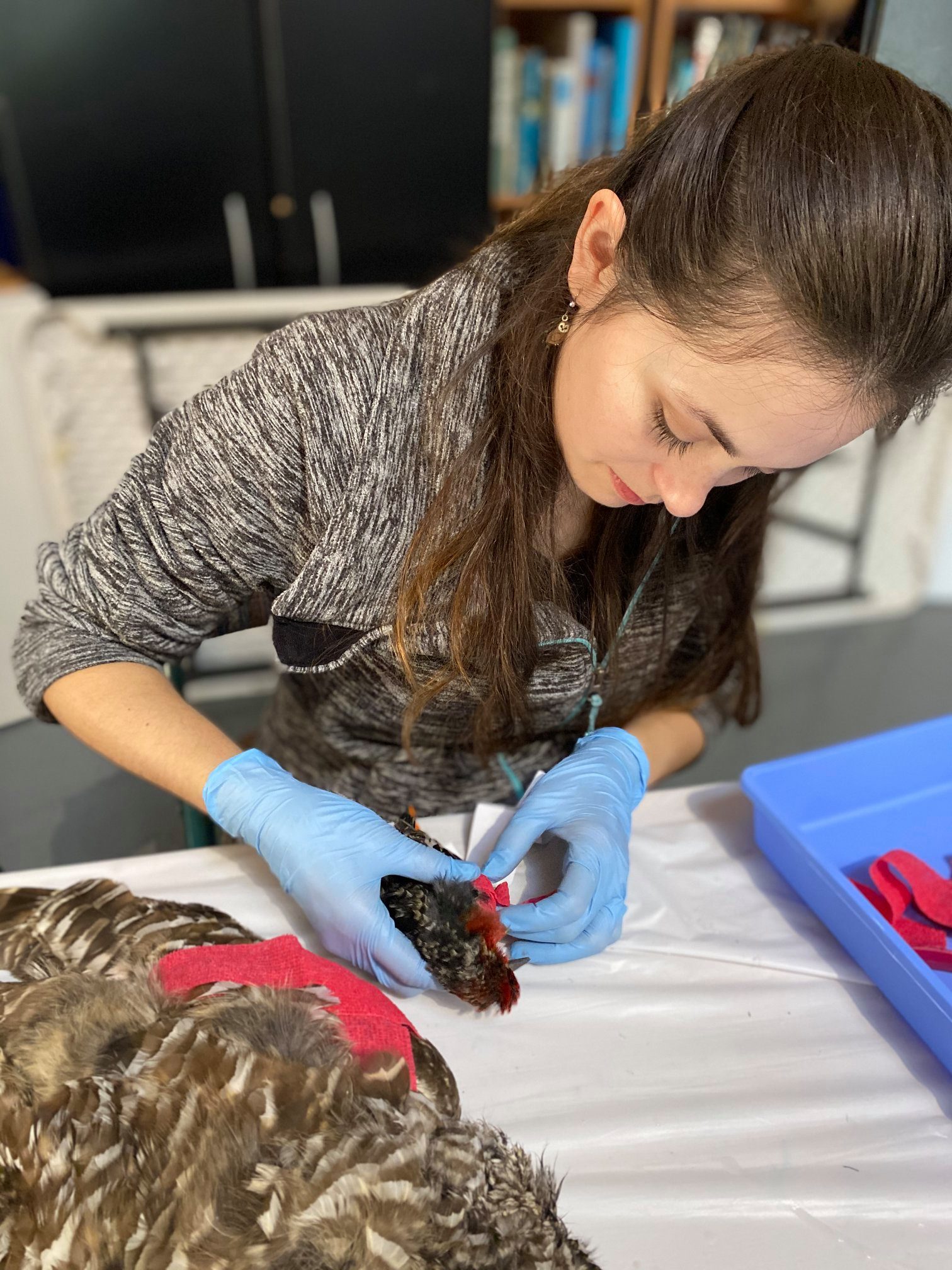
Providing hands-on care to one of the thousands of patients the center sees.
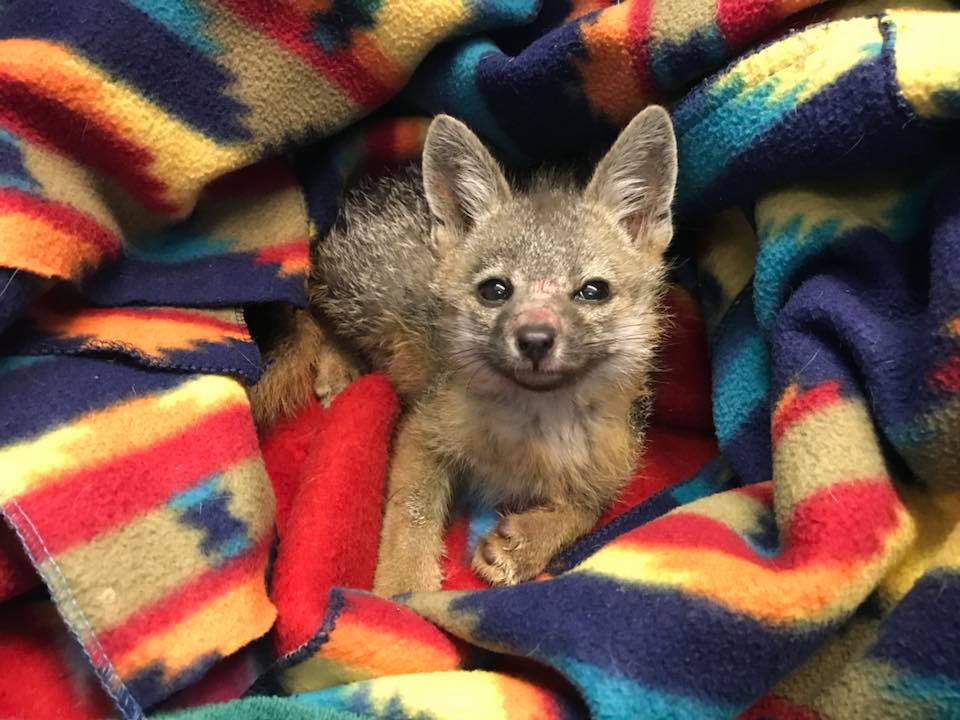
This adorable Grey fox is one of the many species the center cares for.
IH: What is the best piece of advice you’ve been given (or would like to give others) in terms of wildlife preservation?
ES: We share the earth with so many different species, all of which are worthy of the right to live their lives as naturally and wildly as they are evolutionarily accustomed to. The growth and expansion of human civilizations have a natural consequence of wildlife habitat encroachment. From the lens of a wildlife rehabilitation facility, we can all make small but significant changes to offset this! We can begin by recognizing the role we play – as our everyday behaviors can impact wildlife positively, neutrally, or negatively. Applying window decals to reduce window strikes for birds, switching to humane methods of “pest” control, or even sharing legitimate wildlife education information on your social media channels are all simple and effective ways to preserve wildlife. Look into your local extension offices for additional resources. In Benton County, check out the Agriculture & Wildlife Protection Program (AWPP) for ideas, a free lending library, and grant availability for those seeking non-lethal wildlife deterrents. You can make a difference.
IH: In what scenarios should someone call your facility (as opposed to a veterinary hospital, etc) when it comes to finding an injured animal?
ES: A wild animal in distress can be upsetting to witness and in this type of situation, not everyone knows what first steps to take. When a person wants to help a wild animal in need, they may look to their own pet’s veterinarian for help. While a domestic veterinarian’s expertise is invaluable in their field, an orphaned animal, or one who has been injured or is ill, requires care from an experienced wildlife rehabilitator (and someone who holds proper permits for wildlife). That’s where we come in!
In a pinch, a domestic animal veterinarian can triage wildlife for up to 48 hours before transferring the animal to a permitted wildlife rehabilitation facility. This is particularly helpful if someone is not aware of a rehabilitation facility, or if something urgent occurs after hours.
IH: What is the process of picking an animal for education vs. re-releasing them into the wild?
ES: The answer to this question is near and dear to my heart. How do we make this decision? We decide with compassion. Like I mentioned before, wild animals are worthy of the right to live their lives as naturally and wildly as they are evolutionarily accustomed to. When we admit a wild animal as a patient in our wildlife hospital, we begin with an initial assessment to determine their prognosis – and at all times, we consider whether they will recover to the fullest extent to be released back into the wild. If the answer to that question is “no,” then in most instances, the kindest act we can provide is humane euthanasia. It is never a decision we take lightly. We also recognize the importance of this compassionate service we are able to offer wildlife when the option of living a healthy life in the wild is no longer viable. In rare cases, a patient displays a demeanor that would suit the life of a wildlife ambassador. Typically they are imprinted or habituated to humans, or have a temperament that remains calm and indifferent to human presence.
IH: Are the youth programs year-round or seasonal? Do you have a favorite one you’d recommend?
ES: In what we not-so-jokingly refer to as “the before times,” we would host a variety of youth programs year-round. Kids would have a place to explore and participate in outdoor, nature-based activities on no-school days, during spring break, and on summer break. For now, our youth programs are taking place on a much smaller scale and only occur during the summertime. Each week is based on a different theme – like Forest Explorers or Ecosystem Investigators – and includes games, arts & crafts, and plenty of unstructured free play. Free play is so crucial for children, especially now, when many are still getting into the swing of attending school in person and most activities are still quite limited. This summer, I had the pleasure of photographing some of the incredible nature forts the children created out of materials they found around our nature center. The sound of laughter rarely ceased as they spent their days running around our fields. There is something sacred about the simplicity of attending camp at a wildlife center, that’s for sure.
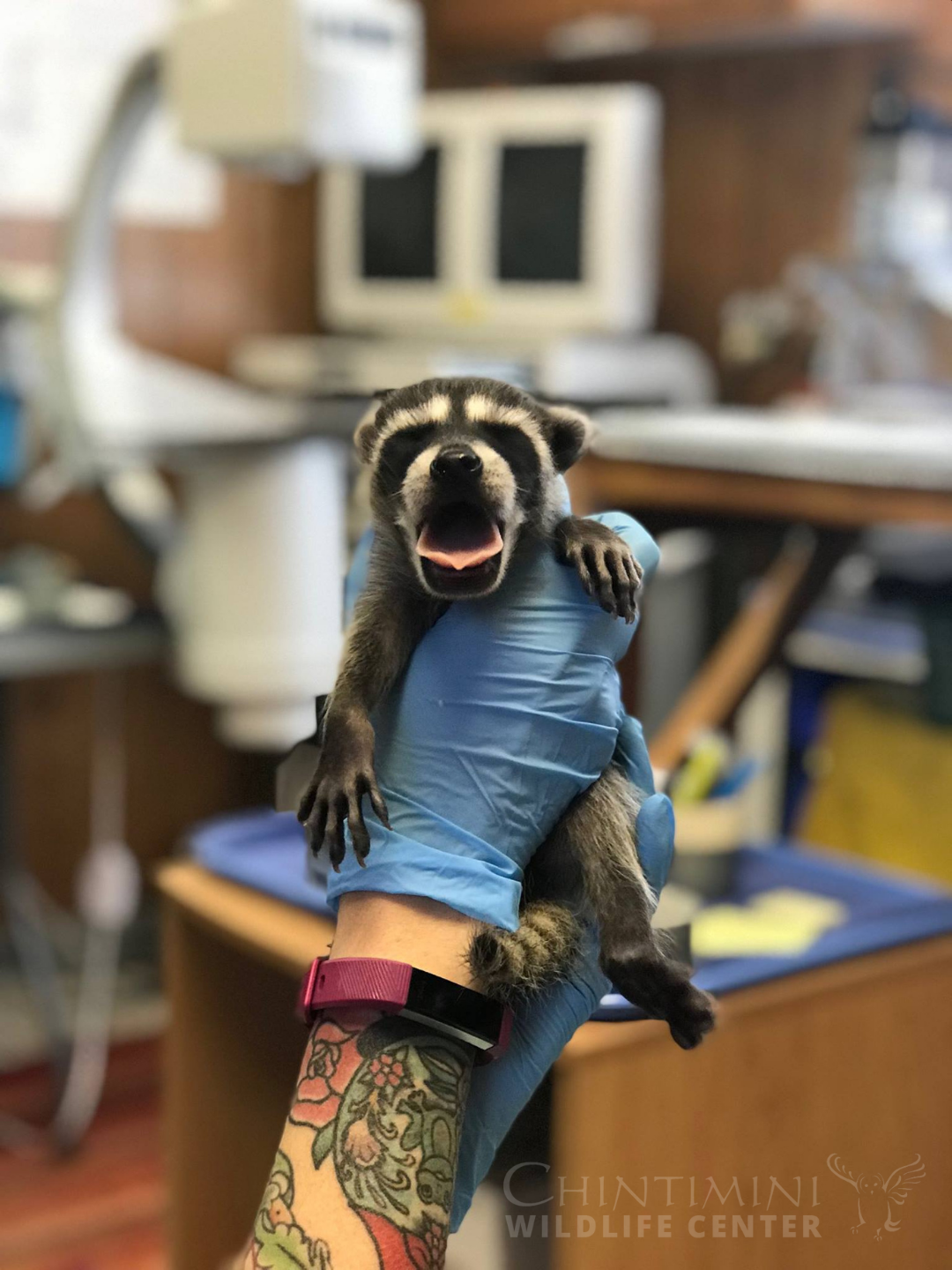
Wildlife rehabilitation involves medically treating injured or sick non-domestic wildlife, and raising orphaned or abandoned wildlife, using methods that prepare them for release and survival in the wild.
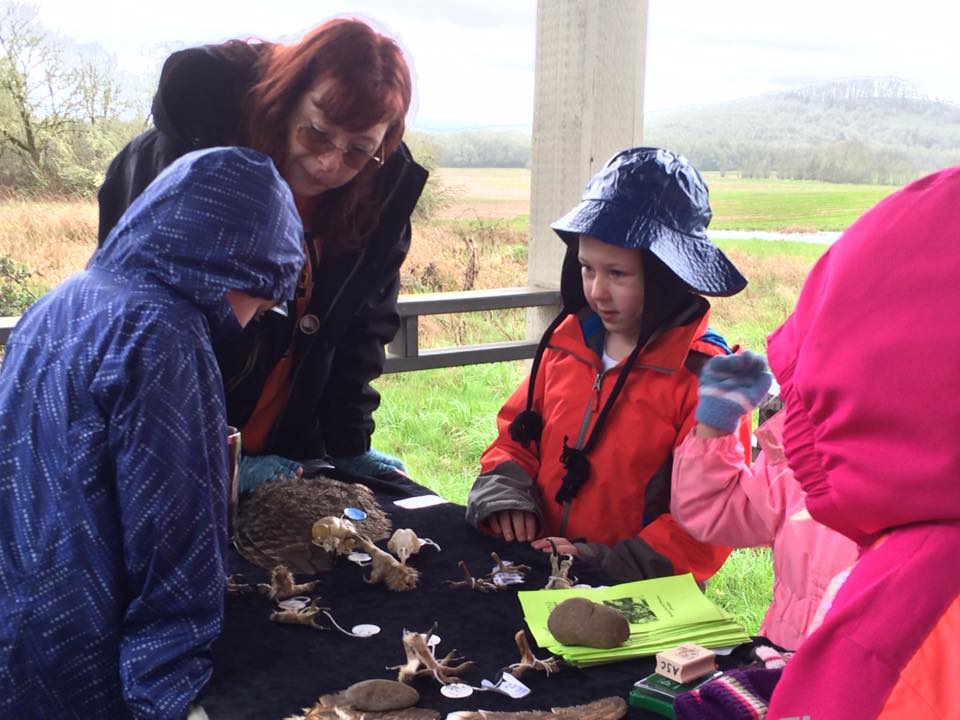
Education is central to the center’s mission.
IH: How was Chintimini affected by Covid-19, and are there any changes you’ve made that you’ll keep after quarantine is lifted?
ES: The pandemic has changed the way many organizations operate. We know we are not unique in that sense, and we do consider ourselves fortunate that we have been able to stay afloat when this has not been the case for all nonprofits. In 2020, we paused all of our outreach events and tours, canceled our youth camps, and indefinitely postponed our largest fundraising event of the year. Somehow, we made it through with a skeleton crew. Not going to lie – it was rough. In 2021, we experienced the result of a nearby closure of another large rehabilitation facility and ended up exceeding capacity and closing our doors for the first time in organizational history. It was absolutely heartbreaking to turn people away, but we just did not have the infrastructure or support to sustainably absorb the entire Salem region into our operations. Our closure gained media coverage and significant donations as a result, to which we are grateful. We are looking forward to 2022 as a year of positive growth, and are hopeful that we will be able to return to some of our much-needed programs!
IH: Tell me about the outreach programs organized by Chintimini. Are they all on the premises? Do your educators go elsewhere?
ES: Our education programs are what truly drive our mission. Some of our greatest work is the ability to connect people in our community with the nature that surrounds them, to get them excited about wildlife, and to appreciate each species and the facts that make them unique. We offer a wide variety of educational opportunities, from on-site tours or wild encounters, to virtual events, to educational presentations brought to diverse audiences at many different venues. We travel to schools, community events, retirement homes, detention centers & penitentiaries, universities, and more. We believe everyone should have access to opportunities to experience close encounters with wildlife and information that empowers them to become better stewards of the environment and the animals who share this space.
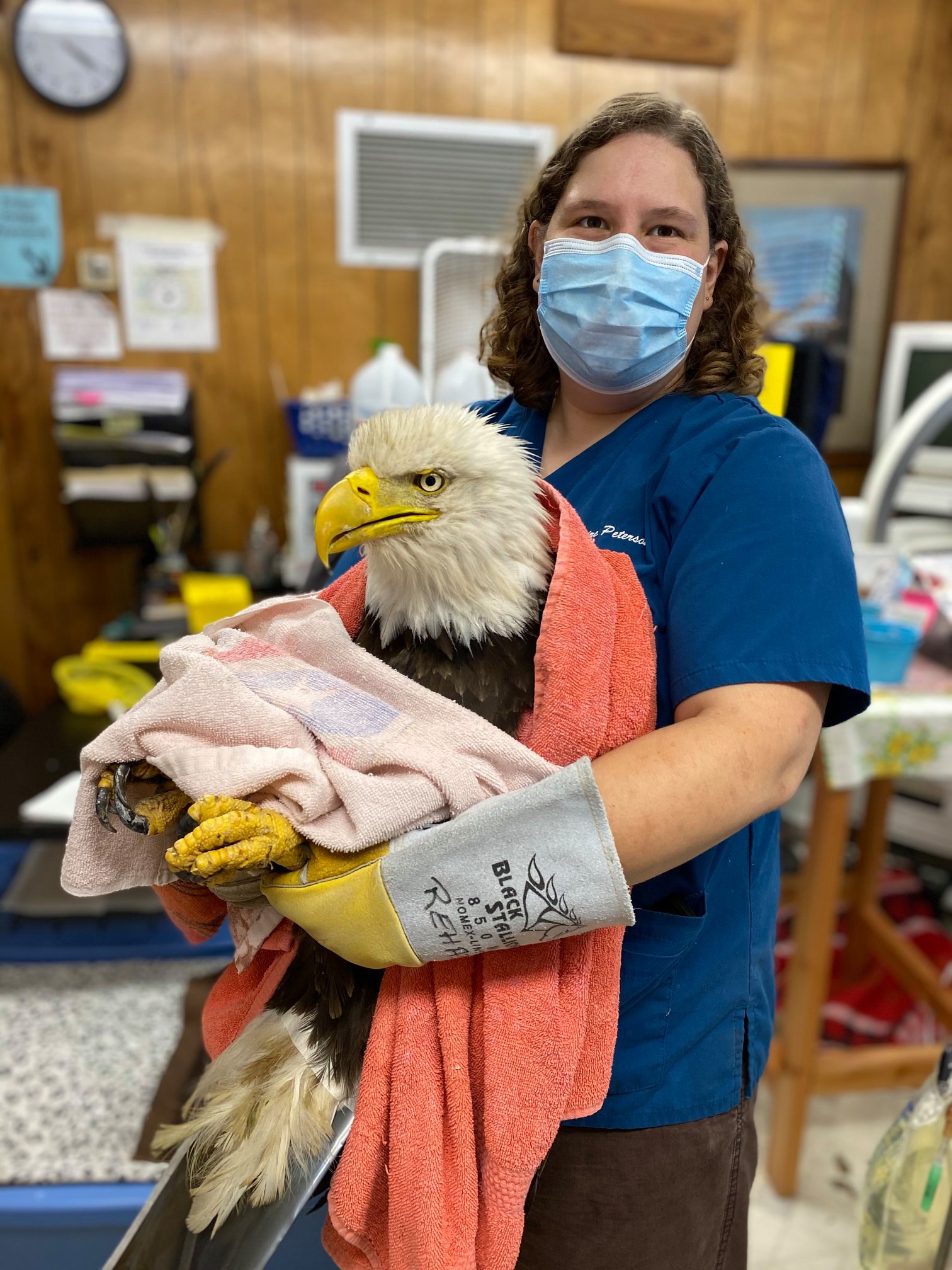
One of the veterinary staff with a stoic looking bald eagle.
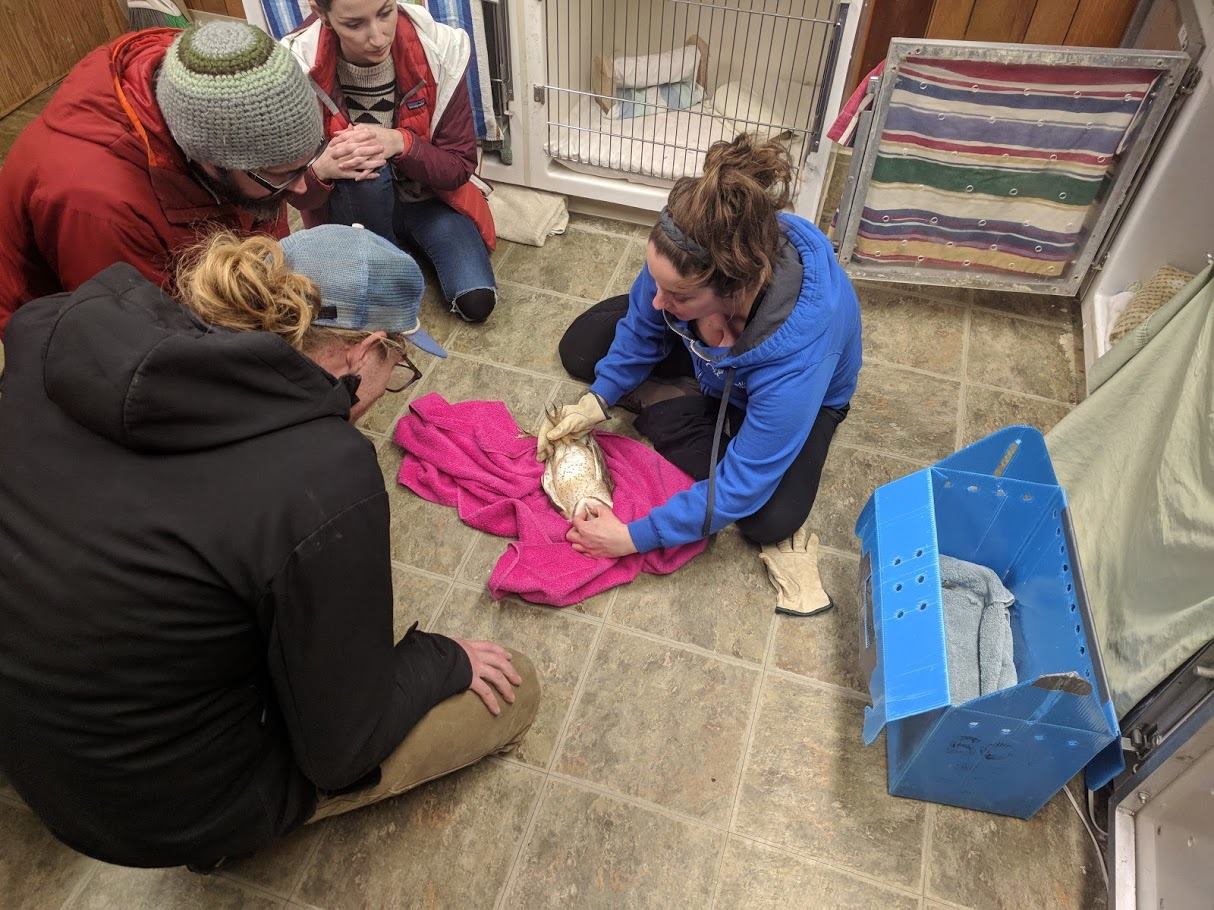
The center’s outreach programs aim to educate people from diverse demographics on the variety of species in our region and how to live alongside the wildlife in our communities.
IH: What would you say are the pros and cons to virtual visits?
ES: We’re all a little “zoomed out,” aren’t we? I will say that our virtual visits are still engaging and fun! We had to really shift our educational outreach in schools last year and move to a virtual platform. We weren’t sure how it would go, but the children really seemed to enjoy the presentations and always ask the best questions. The kids can get even closer to the ambassadors through Zoom than they would in person! Bo, our Barn Owl ambassador, will put his face right up to the screen and the children can see all of the details of his hidden ears, his beautiful feathers, and even his nostrils (hah!). If you are unable to visit us in person for whatever reason, our virtual encounters are a fantastic alternative.
IH: What are the main differences between guided tours and wild encounters?
ES: We actually get asked this question frequently! Guests have the opportunity to schedule a guided tour, which is a simple and slow-paced way to enjoy our outdoor amenities and experience a “bird’s eye” view of our many wildlife ambassadors. For those seeking a more intimate experience, guests can schedule a Wild Encounter, where they will meet a wildlife ambassador up-close and hear their stories of survival through the passionate lens of an educator.
*Check out Chintimini Wildlife Center next time you’re in the area. And if you see Erika, don’t forget to say hello!
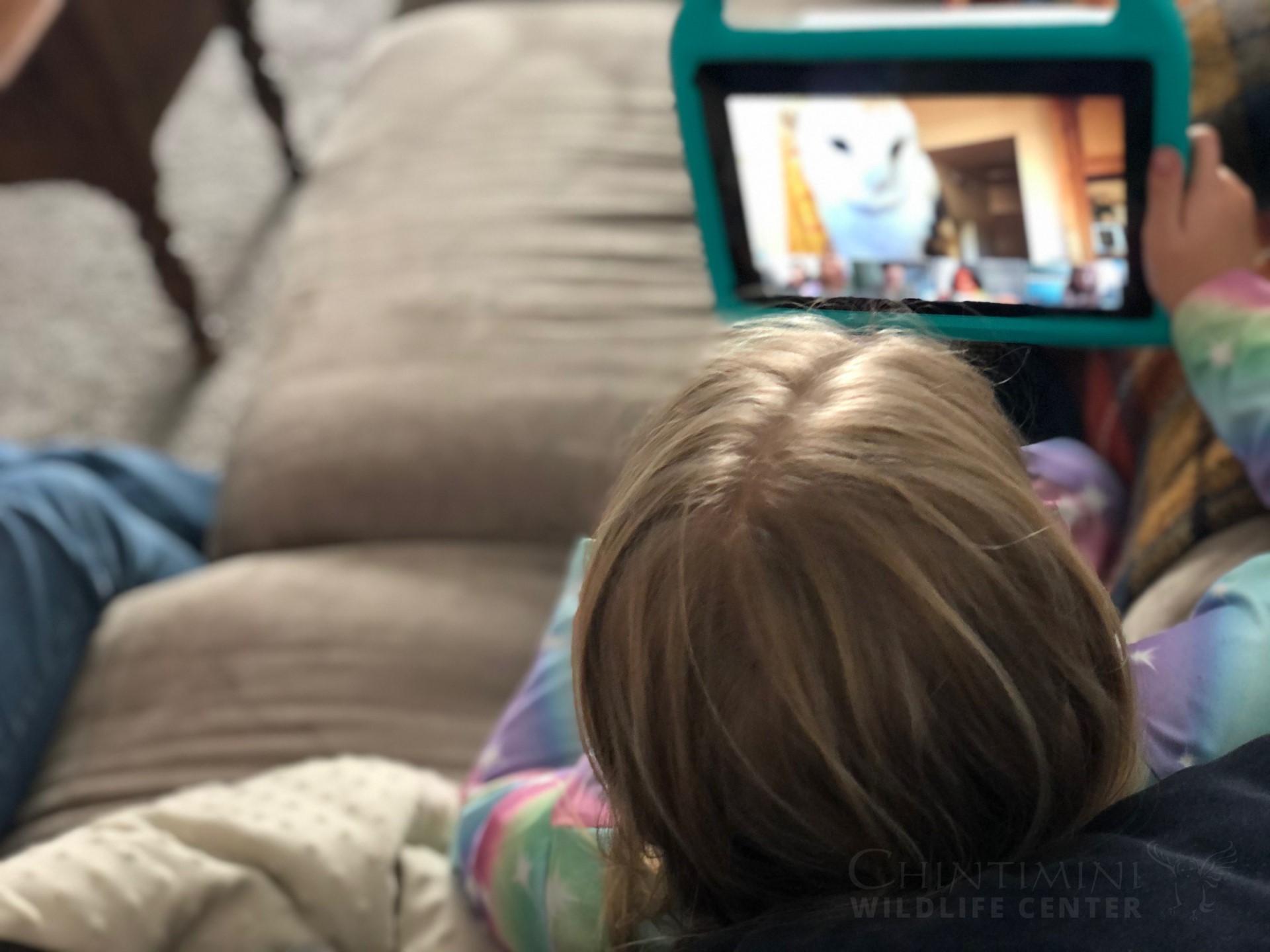
Virtual visits allow the center to continue educating and stay connected with the community.
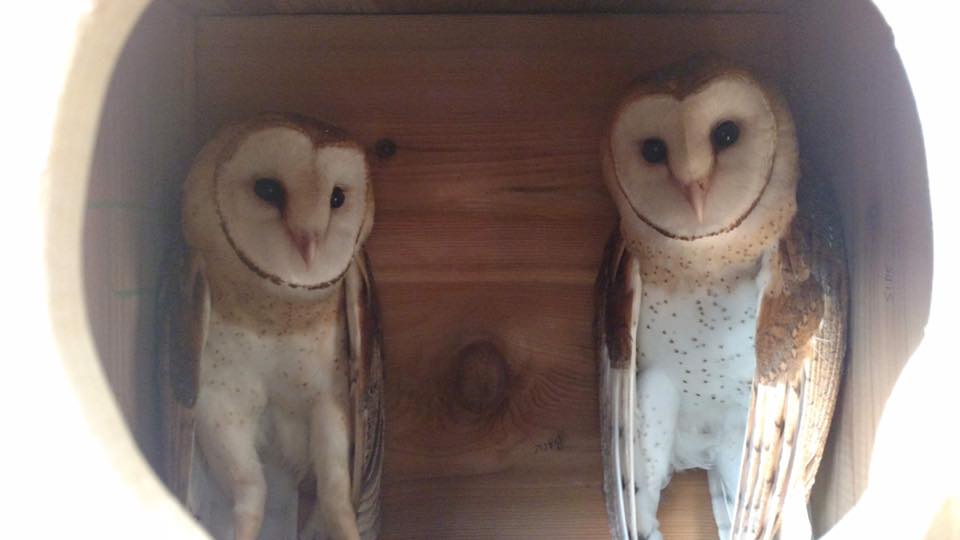
Two barn owl patients. Does it seem like they are posing for the camera?
